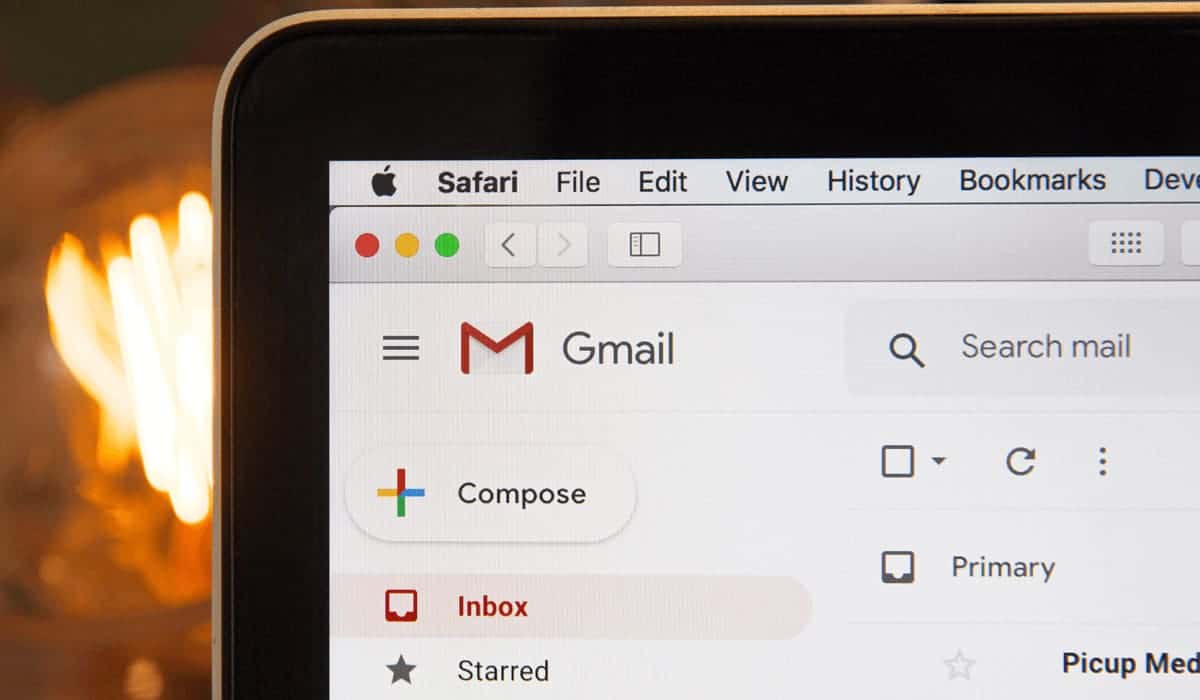5 Email Marketing Mistakes to Avoid

There are lots of “rules” floating around the web for how to write proper marketing emails. Plain text emails, lowercase subject lines, text CTAs alongside button CTAs in case assets don’t load, and so on.
At Madison Taylor Marketing, we’re more interested in the holistic, wide-angle approach to email marketing. Every client, product, and buyer persona is different, and we’re not going to nail down specific format rules that might not make sense for everyone.
Email marketing isn’t a separate entity — it’s a piece of a larger marketing puzzle. It’s an attempt to build loyalty in your customer base, drive traffic to your other content, and reach people who are interested in what you do. You don’t just want to make a sale, you want to acquire a long-term customer.
With that in mind, there are a few strategies that some companies use that might sound good at first, but will do more harm than good in the long run. Here’s what not to do.
1. Over-Promising in the Subject Line
We’re all familiar with the concept of “clickbait” in our Facebook feeds and at the bottom of blog posts, but the concept applies to email subject lines as well. Your subject line shouldn’t be too straightforward, of course. If the subject line gives away the whole content of the email, then people won’t bother opening it. But if it promises something that you’re not actually making good on, you’ll lose people’s trust.
Let’s say you’re running an introductory offer on one of your products. If your email subject line reads, “50% off our data backup software for the first six months,” then the people who don’t care about backup software won’t click. If your subject says “Save $500 today,” people who click through might feel cheated — they’re only saving money in the long run, and only if they sign up for a certain service.
Instead, split the difference. A subject line like “Worried about lost data? Get peace of mind for less” is intriguing enough that people will click on it, but doesn’t promise anything that you can’t deliver. Broken promises in emails lead to unsubscribes and irritated customers, and you don’t want that.
2. Acting Like a Company, not a Person
No one likes getting emails that feel too corporate. Obvious form letter introductions like “Hello, JOHN SMITH” or email addresses like “noreply@yourcompany.com” make it very clear to the reader that they’re just one of thousands of people getting the same email.
You’re not sending the email just for the sake of sending it, you’re sending it to build a relationship with the person at the other end. You should be inviting conversation, not preventing it. To that end, your emails should come from an address like “contact@yourcompany.com,” not a generic mailbox. You can even set up emails to come from a specific person’s name for a more personal touch.
Finally, make yourself available. Add a passage at the bottom of your email along these lines:
Want to learn more? Just reply to this email or contact us at contact@yourcompany.com and we’ll get you on the right track.
People that feel listened to are much more likely to become loyal customers than people who only see you as a faceless corporation.
3. Sending Pointless Emails
We know what you’re thinking: “None of my emails are pointless, they’re all driving sales!” But before you send an email, think about why you’re sending it. Is it just a digital billboard, throwing sales offers in front of strangers who may not even care about the product? Or is it something that’s genuinely useful to potential customers, even if they don’t make a purchase right away?
The fact is, cold-selling isn’t very effective. You can’t just send an email saying “buy our product” and expect a positive response — you have to build a relationship first. Instead, focus your email on blog posts, relevant news items, and other helpful information that will build your authority as a trusted expert in your field. Then, when subscribers are looking to buy, you’ll be at the top of their mind.
4. Stuffing Your Email With CTAs
This relates to the last point — why are you sending that email? If that question has more than one answer, you probably should be sending more than one email. Here are some examples:
- Welcome emails: building familiarity with new subscribers, introducing them to the features of your product, and inviting them to explore other aspects of your company.
- Newsletter emails: relevant news articles, lists of blog posts they may have missed, or updates about what’s going on at your company.
- Traditional promotional campaigns: selling a particular product or service that you think your email subscribers will want to know about.
- Connect-via-social campaigns: trying to get your email subscribers to follow you on Facebook, Instagram, Twitter, or LinkedIn by promising them additional content they wouldn’t otherwise get.
There are dozens of other reasons to send marketing emails, but the point is to keep them separate. Don’t send a newsletter with a sale at the bottom. Don’t send a post-purchase email that asks for a review of the product they just bought — send a review solicitation in a week or two.
An email that tries to do too much is confusing, unwieldy, and long enough that readers will lose interest. It also confuses your analytics — is that clickthrough rate due to the newsletter or the promotion? Keeping your emails separate allows you more control and more insight into what’s working and what’s not.
5. Too Many Images … or Not Enough
Images are a key component of your marketing on every channel, but there’s such a thing as going overboard. Lots of people read email on the go, with slow data connections. Worse, lots of email clients turn off image loading by default. If your email consists mostly of images, it’ll be completely unreadable.
Images are also susceptible to server problems. If image links break, your email will look sloppy and unprofessional. Image-heavy emails are also more likely to trigger spam filters, and it’s not always clear what’s clickable.
On the other hand, a block of text isn’t interesting or engaging. Use at least one image in your email, but make it a header or logo — something that adds a little flavor to the email, but won’t ruin the email’s effectiveness if it doesn’t work.
Email is a Tool. Use it Wisely.
Email marketing is like any other channel. It can be a huge help in bringing in new customers, building relationships, and staying in touch with your existing user base. Or it might not be. No marketing channel is universally useful for every client and buyer persona.
We don’t like hard-and-fast rules. Maybe your product is very visually oriented, and email isn’t the best way to deliver that experience. Maybe you’re selling to teenagers, who simply don’t read emails at all. The fact is, email marketing isn’t always a good idea.
That’s why we take such a comprehensive approach to content marketing. We start with the customers — who are they, what do they want, and where can we reach them? From there, we can craft a multi-channel strategy that optimizes content for the person, the time, and the place that makes the most sense for your product. For us, marketing is about people first. Everything else follows naturally.





